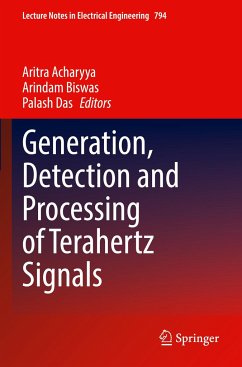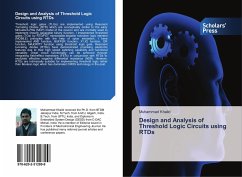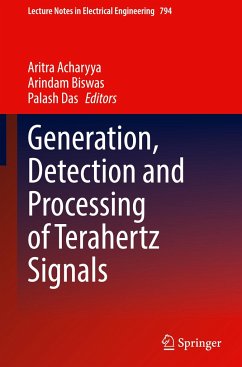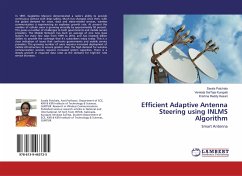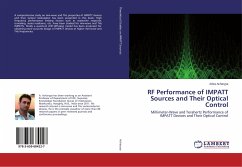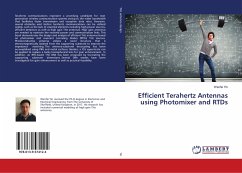
Efficient Terahertz Antennas using Photomixer and RTDs
Versandkostenfrei!
Versandfertig in 6-10 Tagen
28,99 €
inkl. MwSt.

PAYBACK Punkte
14 °P sammeln!
Terahertz communications represent a promising candidate for next generation wireless communication systems owing to the wider bandwidth that facilitates faster transmission and reception data rates. However, several obstacles exist before terahertz communications can be utilized widely, such as the lack of essential elements including high-power sources, efficient detectors as well as high gain THz antennas. High gain antennas are needed to maintain the received power and communication links. This book demonstrates the design and analysis of efficient THz antennas based on photomixer and reso...
Terahertz communications represent a promising candidate for next generation wireless communication systems owing to the wider bandwidth that facilitates faster transmission and reception data rates. However, several obstacles exist before terahertz communications can be utilized widely, such as the lack of essential elements including high-power sources, efficient detectors as well as high gain THz antennas. High gain antennas are needed to maintain the received power and communication links. This book demonstrates the design and analysis of efficient THz antennas based on photomixer and resonant tunneling diodes (RTDs) THz sources. Photoconductive antenna utilizes a novel structure that is electromagnetically isolated from the supporting substrate to improve the impedance matching. The antenna-substrate decoupling has been accomplished using PBG and metal surfaces. Besides; a FSS superstrate can be applied to replace a bulky hemispherical lens for gain enhancement. In addition,an RTD-based THz DRA has been proposed by truncating the supporting substrate dimensions. Several DRA modes have been investigated for gain enhancement as well as practical feasibility.



